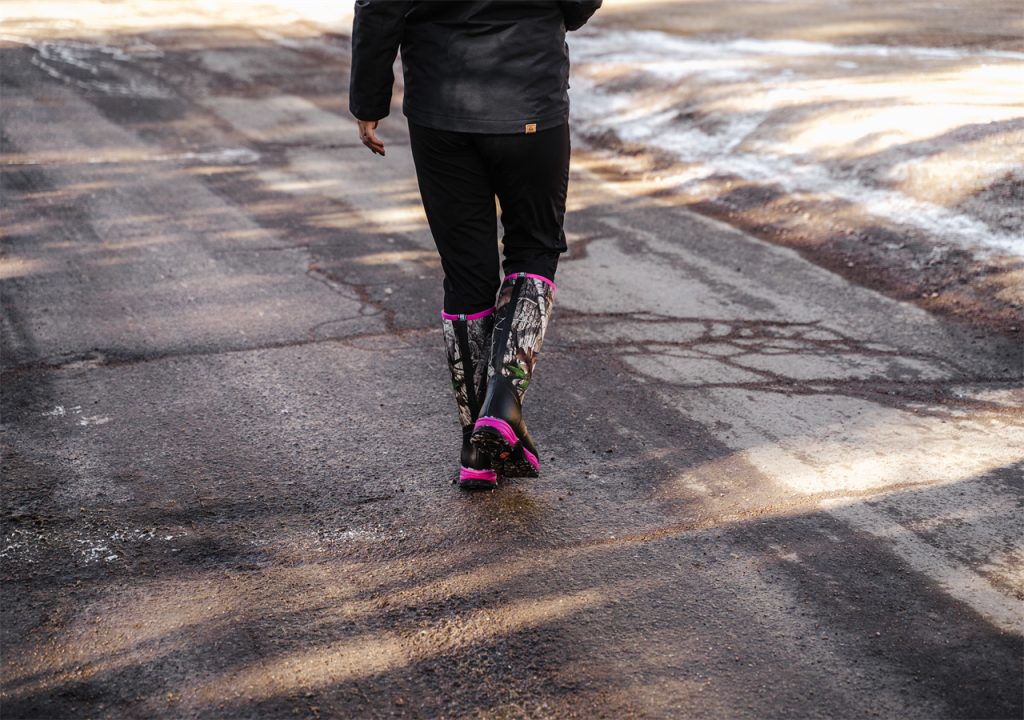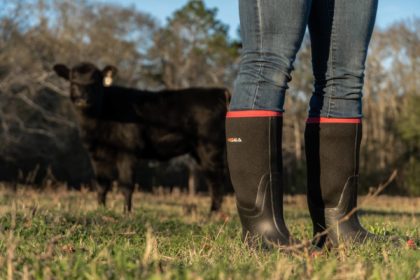The answer is No. When it comes to selecting the perfect footwear for those frosty adventures, confusion often arises between snow boots and winter boots. Let’s explore this chilly conundrum and take a closer look at the distinctions and similarities between snow boots and winter boots. So, grab a cup of hot cocoa and get ready to explore the frozen footwear frontier!
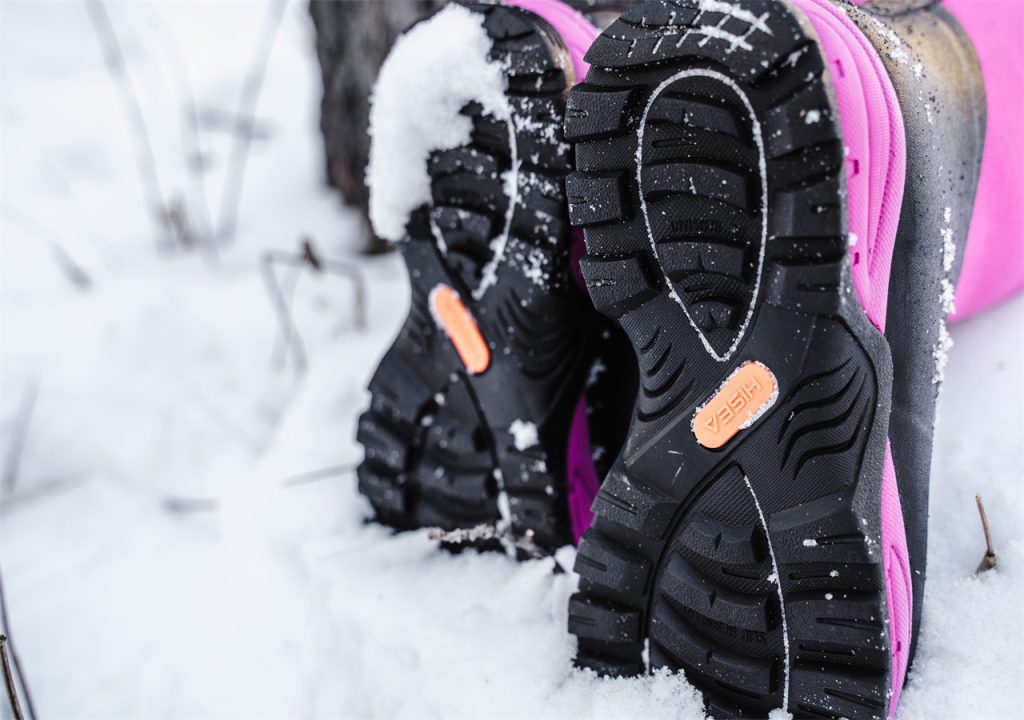
What are Snow Boots?
Snow boots are a particular type of boots that are adapted for icy and snowy conditions. The boots come with waterproofing characteristics on the upper lining and a firm, thick sole with a better traction feature, protecting the wearer against slipping.
Before buying snow boots, consider the temperature you will be operating in and the activities you will be undertaking. For example, if you work on slight snow showers for a long time, you will need lighter snow boots and vice versa.
What are Winter Boots?
As compared to snow boots, winter boots are designed to protect your feet against cold weather by ensuring that they remain warm during freezing cold conditions accompanying winter . The shoes have a waterproof exterior structure (although not a must) and an interior with very thick insulation. Some come with traction features which enhance steadiness while walking in icy conditions.
We can start seeing the differences between the two types of footwear from the definitions of snow boots and winter boots. Let us introduce more differences between the two.
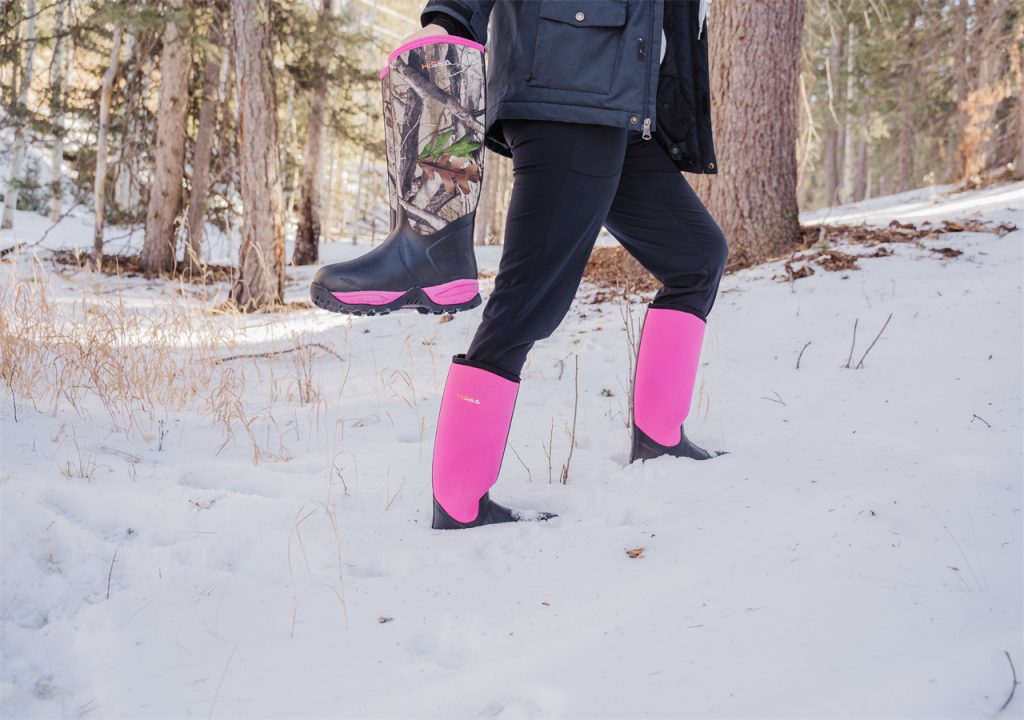
Differences Between Snow Boots and Winter Boots
- Differences in the intended use: Snow boots are designed to be used in icy, muddy, snowy, and extremely wet conditions, while winter boots are for more general cold conditions.
- Warmth: Snow boots men are designed to provide more warmth due to their long-time operation under snowy and icy conditions compared to their winter counterparts.
- Grip: Snow boots are designed with highly high traction soles to prevent the user from slipping while walking in snowy and icy conditions. The traction for the winter boots is not as extreme as the snow boots.
- Weight: Snow boots are designed with more weight than winter boots. The importance of snow boots can be up to 80 oz. The weight is attributed to the fact that they have a sealed seam covered with unique waterproof material. The weight is also from the thick rubber sole that allows the snow boot to be usable in icy and snowy conditions. Such sealed seams and thick rubber soles are unavailable in winter boots, thus less heavy than winter boots.
- Fashion: Winter boots appear to be more fashionable than snow boots. Winter boots can be worn with various outfits, thus becoming a bit stylish, while snow boots are designed to be used in icy conditions and, therefore, may not be fashionable.
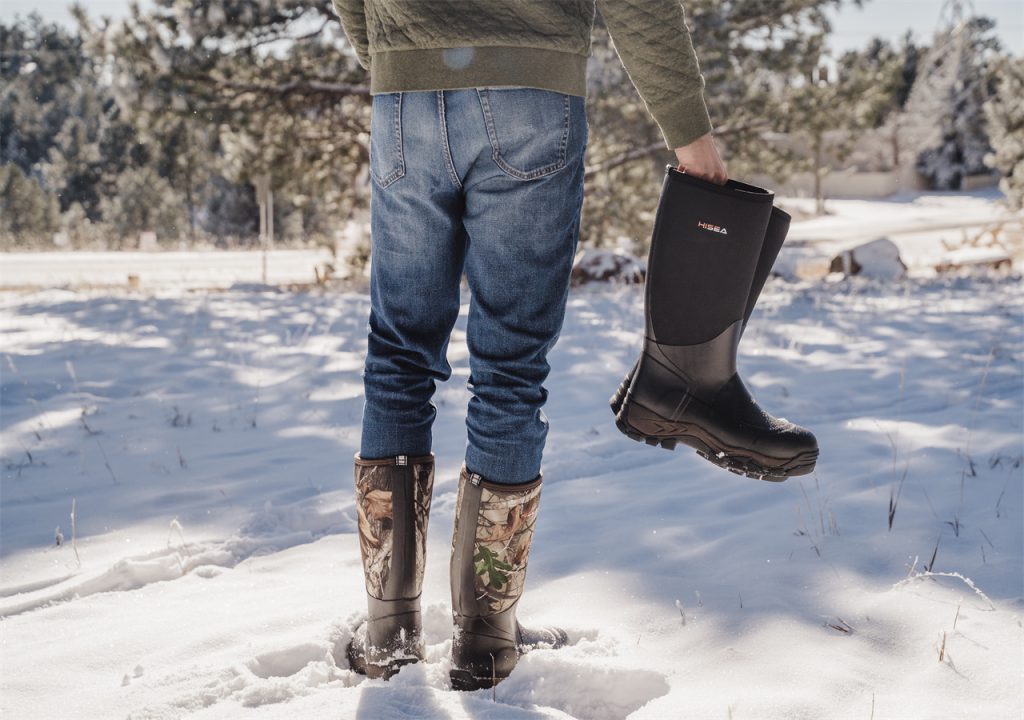
Choosing the Right Boot:
When deciding between snow boots and winter boots, you should consider your specific needs and the climate you’ll be facing. If you live in an area with heavy snowfall and icy conditions, investing in a pair of sturdy snow boots would be a wise choice. However, if you reside in a region where snow accumulation is minimal, a good pair of winter boots should suffice.
Conclusion
From the article, we can note that both snow boots and winter boots serve the purpose of keeping our feet warm in wintertime, they have distinct differences in design and functionality. Snow boots are designed for extreme conditions such as wet, muddy, snowy, and icy conditions, while winter boots are designed to keep the feet warm during cold conditions. We have also noted differences in intended use, warmth, gripping, weight, and fashion between winter and snow boots. So, whether you’re braving the depths of snowy landscapes or simply picking up a pair of winter working boots, choose your boots wisely and enjoy the coziness that winter brings!
